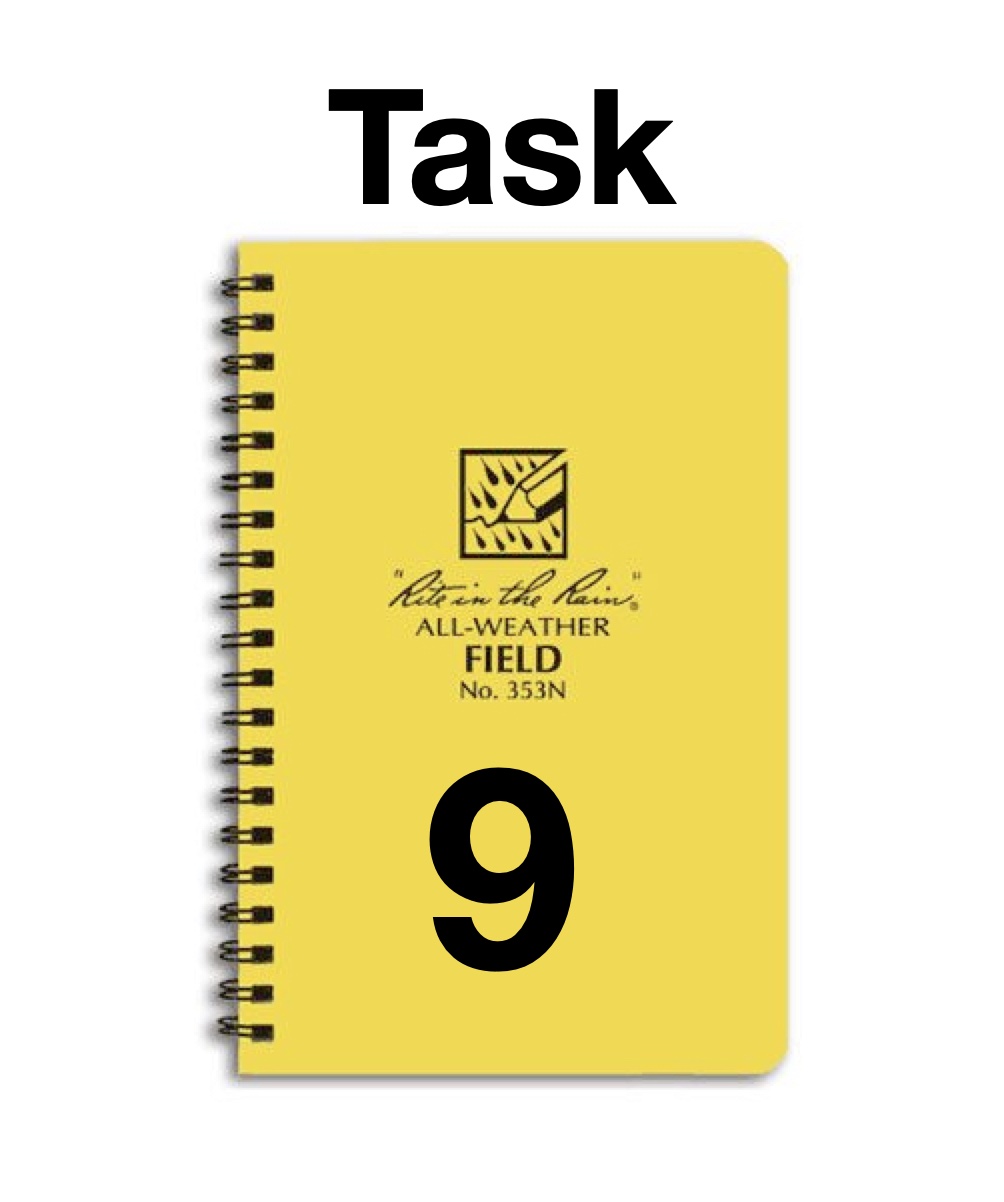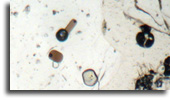
![Volcanic plume of Eyjafjallajökull volcano, Iceland, on April 17, 2010 [NASA]](img/sulfbanner.jpg)
Now that you are finished with analyzing the sulfur content of the Laki 1783 samples, it's time to calculate how much sulfur was discharged into the atmosphere during this eruption.
In order to do this calculation, you will need two pieces of information:
The first is the amount of sulfur contained in the magma prior to eruption. We will make the simplifying assumption that 90% of the sulfur in the magma is discharged during the eruption, and that the rest is retained in the lavas and volcanic ash (0.9 in the equation below).
The second is the amount of magma erupted during the 1783-1784 event. Although the calculation is relatively simple, it is critical to make sure that the correct units are used.

To calculate the sulfur discharge, use the equation in your field notebook and shown below:


Mass of eruption: This term refers to the mass of magma erupted during the Laki 1783-1784 event. The mass has been estimated based on the density, thickness and distribution of lava flows in SE Iceland. The total volume of flows was about 14.7 km3. In addition, there was also some volcanic ash produced by the eruption and some of it was transported by the winds towards Europe. The total mass of all the erupted products is 4.2 x 1013 kg.

Sulfur concentration: In the previous task, you determined the sulfur content of the magma using analyses of magma inclusions. The values were reported in ppm, or parts per million. To get the sulfur concentration for use in the equation above it is thus necessary to take the average of your 6 analyses, and divide the average sulfur value by 1 million (1,000,000).
The resulting sulfur release is in units of kilograms (kg) from the equation above, but it is more common to report the sulfur discharge in megatons (MT). 1 MT is equal to 1 x 109 kg. Calculate the total sulfur in MT for the Laki 1783-1784 eruption by dividing your result in kg by the numer of kg in 1 MT.
When you have made your calculation, you are ready to proceed to the final step of the exercise.